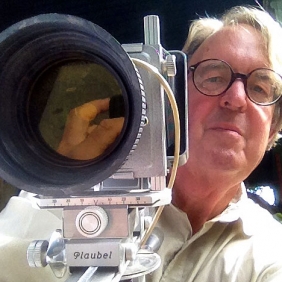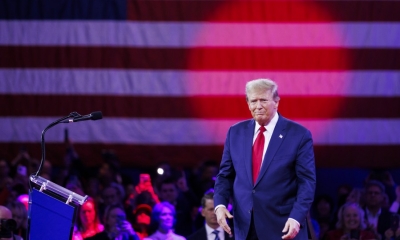Mounting Risks of Nuclear War as Geopolitical Conflicts Intensify
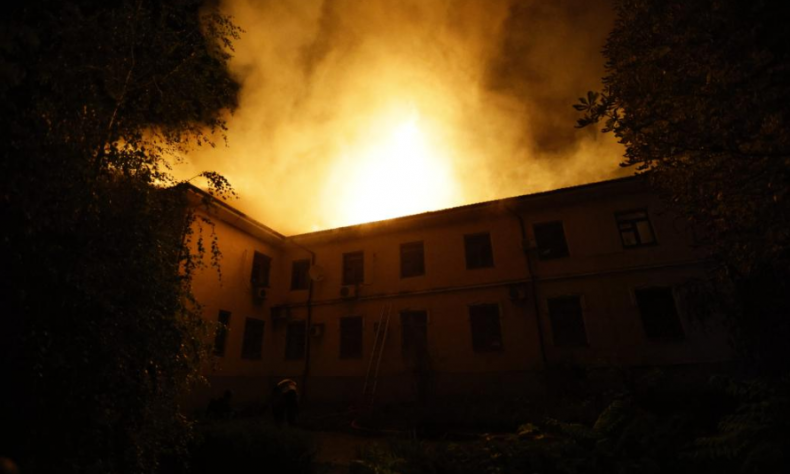
Peace diplomacy is urgently needed to end the Ukraine war.
Across the U.S. the just released Hollywood feature film “Oppenheimer” presents the drama of the “Manhattan Project” to millions of American theater goers. Named after the scientist Robert Oppenheimer, who led the Manhattan Project, the film traces the development of the atomic bomb. “Oppenheimer” has won broad praises in America, but it triggers boycott in Japan because of the painful memory that Japan was the only country hit by atomic bombs up to today.
On August 6, 1945 the United States dropped an atomic bomb against Hiroshima. Three days later, the U.S. dropped an atomic bomb on Nagasaki. The atomic bomb used against Nagasaki was codenamed “FAT MAN” and the reference was to Winston Churchill who was influential in the U.S. decision to drop the atomic bombs.
Given the hysteria and belligerence in Washington today over the Ukraine crisis, the story of the nuclear annihilation of Hiroshima and Nagasaki is instructive and deeply concerning.
Scientific origins of U.S. atomic bomb program
Prior to World War II, in the 1930s, many Jewish scientists and intellectuals naturally fled Nazi Germany to save their lives. In the U.S., several philanthropic organizations generously supported by Wall Street financiers assisted many to come to the United States. Among the scientists was a particular cadre of physicists from Central Europe who crossed over to America.
These physicists were aware of a crash program in Nazi Germany to develop a weapon of terrifying power based on splitting the atom. After they arrived in the U.S. their concerns were brought to Washington’s attention.
Alerted to the threat of the Nazi atomic weapons program, President Franklin Roosevelt later in 1942 directed the establishment of a U.S. weapons program that was dubbed the Manhattan Project.
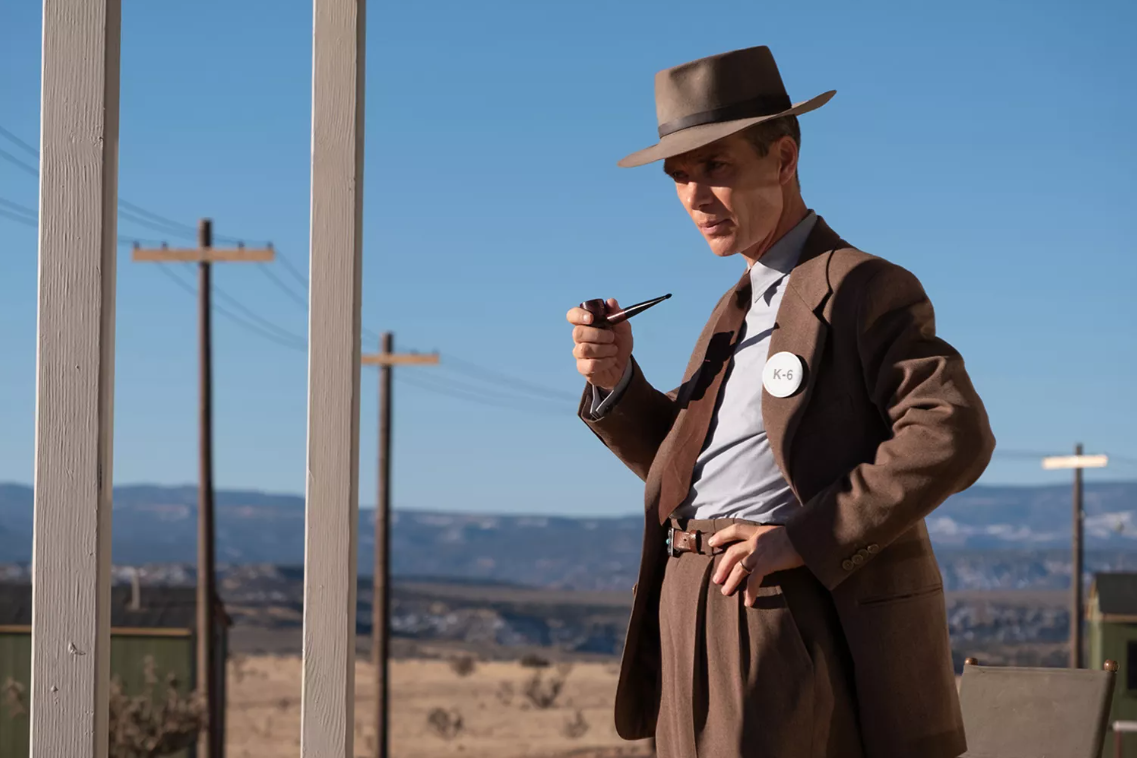
As noted, prominent Wall Street financiers supported various philanthropic organizations for the relief of Jews in Europe. In this way, the warnings of the émigré scientists about the Nazi atomic weapons program came to the attention of the Wall Street financiers involved in the relief and relocation effort.
Alexander Sachs (1893-1973), who was born in Tsarist Russia, was a leading Wall Street financier involved with the relief efforts. In this way, the Nazi atomic weapons program came to his attention. He and his Wall Street colleagues were deeply concerned and sought to warn President Roosevelt directly. Sachs was acquainted with Roosevelt and thus had personal access to the President.
Sachs, as an international financier, sat on the board of directors of the Belgian-based Societe General de Belgique which had extensive mining interests in Africa. These mining interests included those for uranium which was needed for the production of an atomic weapon. If Belgium would fall to the Nazis, it was argued that then the Nazis would get control over its uranium mining in Africa in the Belgian Congo. Thus, Sachs was uniquely positioned as an advocate for a U.S. atomic bomb program.
Sachs arranged for a letter from the émigré scientists co-signed by Albert Einstein to be prepared to send to the President. This letter, completed in August 1939, was then personally hand delivered to Roosevelt by Sachs. They were to have several conversations on the matter in which Sachs pressed the urgency of the matter and the need for a U.S. program.
Roosevelt thus became convinced of the necessity for such a weapons program and authorized it. There were three atomic bombs made. One was for the initial test and two were for use against Militarist Japan. Over three hundred thousand Japanese died from their use.
Churchill advocated for dropping the atomic bombs
Sir Winston Churchill was apprised of the U.S. Manhattan Project by President Roosevelt. Churchill fully supported the effort but had a broader geopolitical perspective than for its use against Japan. In Churchill’s view, the use of atomic weapons against Japan was, in fact, a way to “send a message” to Moscow. He sought a means, at Japan’s expense, to terrify Russia into accepting a Western-led postwar world. Additionally, in the postwar world an Anglo-American condominium could be established.
British military experts prepared a special report in which it was hyped that unless the atomic bombs were dropped on Japan a million U.S. troops would die in an invasion of Japan. Such numbers were used in the United States to promote and justify the atomic bomb project.
British scientists believed that such a bomb could be produced from U-235 and this was reported to Roosevelt in late 1940.
Roosevelt became convinced that while such a weapon may be needed he did not authorize it until 1942. Roosevelt rejected Churchill’s concept of an Anglo-American world condominium based on an atomic weapons monopoly.
Roosevelt delayed sharing information about the project with the British because he feared Britain would use such a weapon against Soviet Union. Roosevelt believed that postwar cooperation and peace with Soviet Union was the right policy for the U.S. and for the world. Roosevelt informed Stalin about the project.
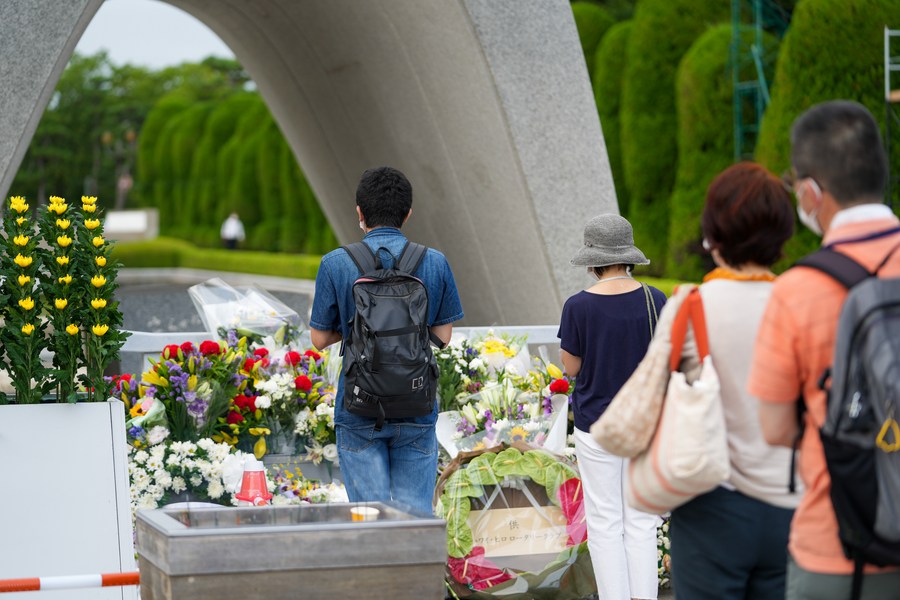
Need for an atomic bomb debated
By 1943, U.S. scientists assessed that Nazi Germany would not be able to produce an atomic bomb despite their urgent program. Behind the scenes, in October 1941, physicist Niels Bohr met with fellow physicist Professor Werner Heisenberg. At this meeting in Stockholm, Heisenberg informed his old friend Bohr that Nazi Germany would not be able to produce an atomic bomb. Bohr made this known to Washington.
That Germany would not be able to produce an atomic bomb and that Japan had no such program, the need for the U.S. to develop such a weapon was obviated.
Bohr and his circle not only opposed the development of nuclear weapons but they called for a postwar program to share the peaceful use of nuclear power in cooperation with the Soviet Union. Bohr traveled to Britain and met Churchill who rejected such a proposal.
Truman drops the bombs
Tragically, President Roosevelt died on April 12, 1945. Historians say that while he did authorize the Manhattan Project, he did not intend to actually drop the atomic bombs as they were not needed. Instead, he would have sought postwar international cooperation on peaceful uses of nuclear energy.
Roosevelt did not inform Vice President Truman of the Manhattan Project and his thinking on atomic energy. Truman was briefed on the weapons upon becoming president. His old friend and colleague in the U.S. Senate James F. Byrnes became Secretary of State. Advocating the use of the atomic weapons against Japan, Byrnes, a well-known Southern racist, was the key influence on Truman’s decision to unleash them.
Although there had been very active and serious peace diplomacy behind the scenes with Japan via Vatican channels and via more direct diplomacy involving the Japanese Emperor himself, Washington flatly rejected all peace proposals. In so doing, unleashing these terrifying weapons against Japan was inevitable.
The nuke phantom remains today
Today, will the Ukraine crisis cause another nuclear catastrophe in the world? The proxy war against Russia backed by the U.S. and NATO has been lasting for one and a half years. The recent NATO meeting in Vilnius reinforced the alliance’s anti-Russia strategy. There is no hope to see an end to the Ukraine war. And any attempt to escalate the conflict will push the whole world into mounting risks.
Clearly, peace diplomacy is urgently needed to end the Ukraine war. A new and reinvigorated arms control process must also begin following the establishment of new European postwar security architecture.
The article reflects the author’s opinions, and not necessarily the views of China Focus.
 Facebook
Facebook
 Twitter
Twitter
 Linkedin
Linkedin
 Google +
Google +



